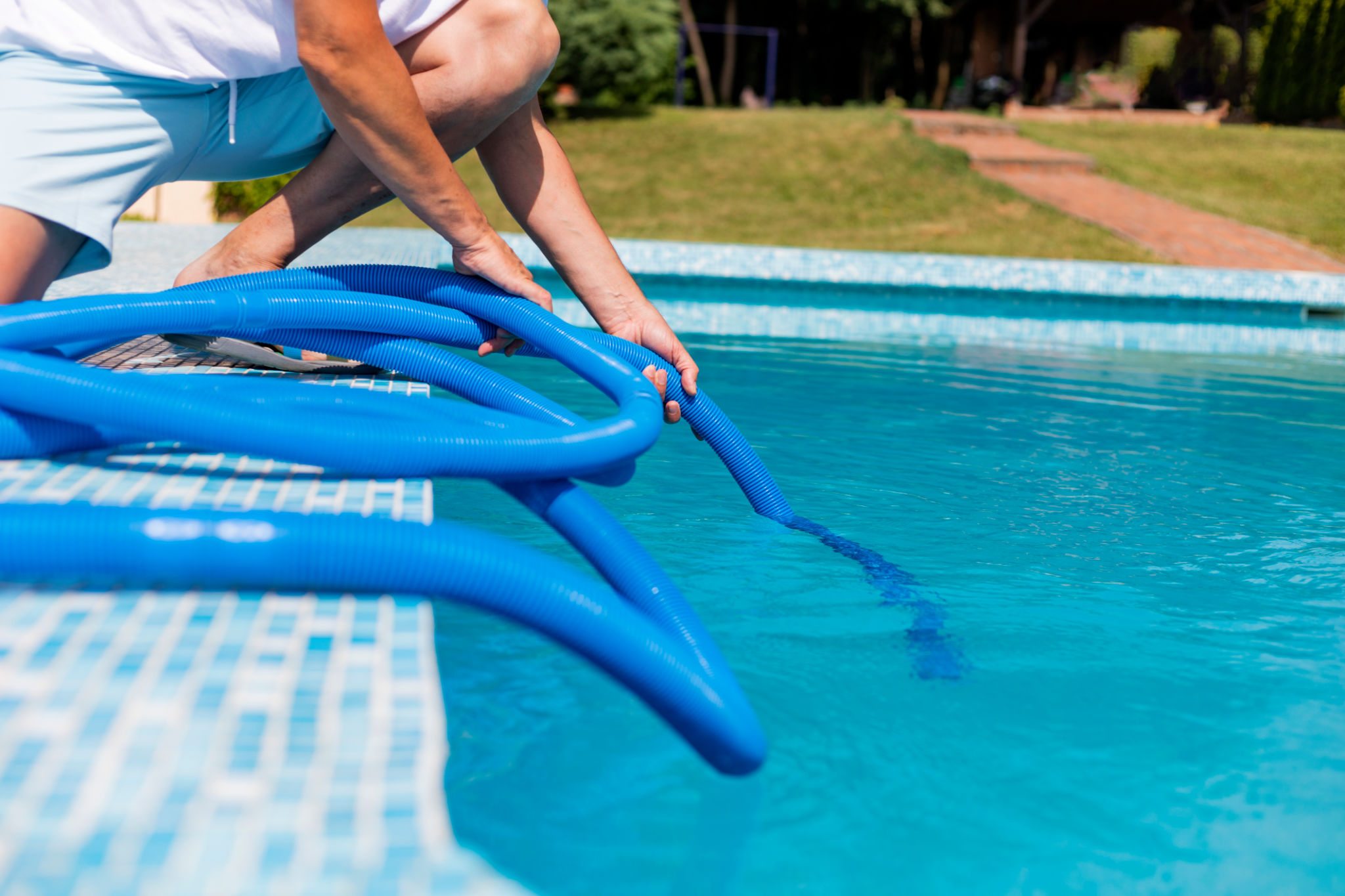DIY Pool Maintenance: Simple Steps for Pristine Pools
Understanding Your Pool's Needs
Maintaining a pristine pool isn't just about aesthetics—it's essential for health and safety, too. Whether you're a new pool owner or a seasoned expert, understanding your pool's specific needs is the first step toward effective DIY pool maintenance. Each pool has unique qualities depending on its size, location, and usage, making it vital to tailor your maintenance routine accordingly.
Different types of pools require different care. For instance, saltwater pools demand a distinct approach compared to traditional chlorinated pools. Familiarize yourself with the specific requirements of your pool type to ensure you’re meeting all its needs.

Regular Cleaning and Skimming
One of the simplest yet most effective ways to keep your pool clean is through regular skimming and cleaning. Removing debris such as leaves, insects, and other floating objects maintains the water’s clarity and prevents blockages in your filtration system. Aim to skim the surface at least every other day.
In addition to skimming, vacuuming the bottom of the pool weekly is crucial. This helps to remove settled debris and algae that can cloud your water and cause unwanted growth. For those who prefer a more hands-off approach, robotic pool cleaners can be a worthwhile investment.
Balancing Water Chemistry
Proper water chemistry is key to a healthy swimming environment. Regular testing of your pool's pH levels ensures that the water stays balanced, preventing irritations and damage to pool surfaces. Ideally, you should test your water at least once a week using a reliable testing kit.
The primary elements to monitor include pH levels, alkalinity, and calcium hardness. A balanced pool typically has a pH level between 7.2 and 7.8. Maintaining these levels not only ensures swimmer comfort but also extends the life of your pool equipment.

Routine Equipment Checks
Your pool’s filtration system plays a pivotal role in keeping the water clean and clear. Conduct regular checks on all equipment, including pumps, filters, and skimmers, to ensure everything is functioning optimally. Clean or replace filters as needed to maintain efficiency.
During these checks, also inspect for any leaks or other signs of wear and tear. Early detection of issues can save you from costly repairs down the line. Remember, well-maintained equipment contributes significantly to overall pool health.
Shock Treatments for Sparkling Water
Over time, contaminants can build up in your pool, even with regular cleaning and filtration. Performing a shock treatment—where you add a high dose of chlorine or other chemical sanitizers—can help reset your pool's chemistry and eliminate bacteria and algae.
It’s recommended to shock your pool every 1-2 weeks, especially after heavy use or rainstorms. Make sure to follow the instructions on your chosen shock treatment product carefully for best results.

Seasonal Maintenance Tips
As the seasons change, so do your pool maintenance needs. In warmer months, increased use may require more frequent cleaning and chemical adjustments. Conversely, during cooler months or when closing the pool for winter, it’s essential to lower water levels and add winterizing chemicals to prevent damage from freezing temperatures.
Implementing these seasonal adjustments ensures your pool remains in top condition year-round and is ready for use when you need it most.
Final Thoughts
Effective DIY pool maintenance doesn’t have to be overwhelming. By following these simple steps and staying attentive to your pool’s unique needs, you can enjoy a sparkling clean pool all season long. Regular care not only enhances the beauty of your backyard oasis but also ensures a safe and healthy swimming environment for you and your loved ones.
By incorporating these practices into your routine, you'll find that maintaining a pristine pool is both manageable and rewarding.
